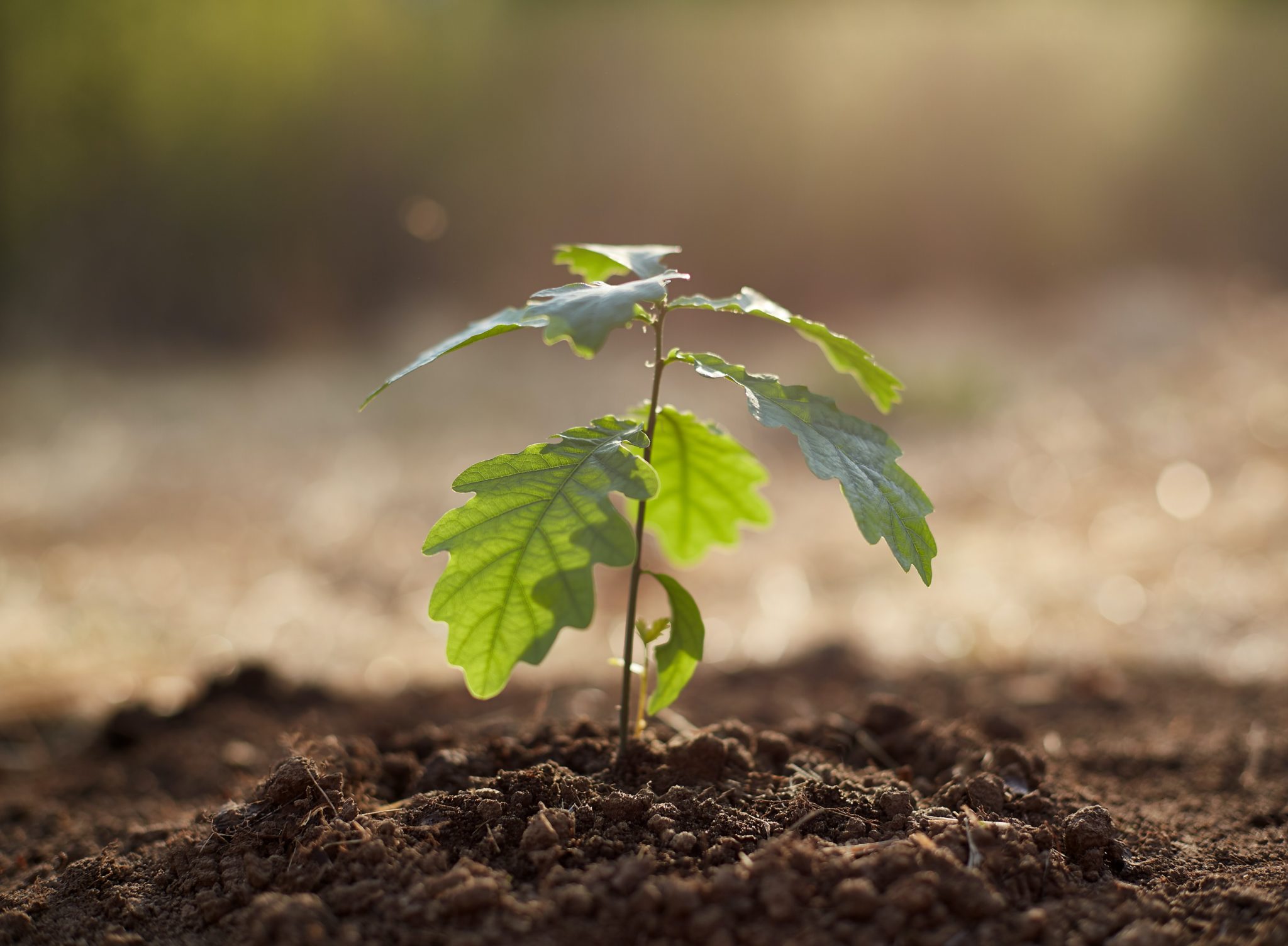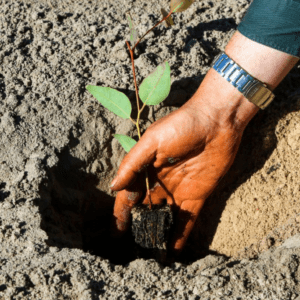18 August 2021 - By Michelle Riesel
As we all grapple with the impact that human activity has on the planet, you’ve probably started to see the term ‘carbon offset’ start to be used more and more. For instance, you may have spotted the option to offset carbon emissions the last time you booked a flight or ordered a package from overseas.
But what exactly is carbon offsetting, and what are its benefits and fallbacks?
What is carbon offsetting?
Carbon offsetting is the concept of counterbalancing the harmful carbon emissions that are created by your daily actions. This is achieved by funding projects that either reduce harmful emissions or avoid the production of new emissions all together. One of the most common methods of offsetting carbon is planting trees, as trees absorb carbon dioxide from the atmosphere, in turn releasing oxygen. Offsets are measured in tonnes of CO2 equivalent (CO2e). One tonne of carbon offset represents the reduction of one tonne of various greenhouse gases (i.e., nitrous oxide, methane, carbon dioxide), which when converted, is equivalent to one tonne of CO2.

Your footprint
Now, you may not take a flight every day, but almost everything that we do in our day-to-day lives, from driving your car, to daily electricity use, and larger-scale involvements like global food production and deforestation, contributes to greenhouse gas emissions, the majority of which come from non-renewable sources such as coal. In fact, the average yearly carbon footprint of Australians is nearly 17 tonnes per person. It’s unavoidable, but that doesn’t mean that we can’t take steps to limit our impact.
Australia is highly reliant on coal power, with 60% of our electricity coming from coal and 15% from gas. This leaves only a small percentage coming from renewable sources. As a result, we are burning through fossil fuels at a very high rate. Australia is also the third-largest exporter of coal in the world, exporting 1.1 billion tonnes of CO2 each year. With numbers that big, it can feel overwhelming to think about how to make an impact as an individual.
Making an impact
Climate change is not an issue that individuals can tackle alone. With the combined efforts of governments, large corporations, smaller businesses and individuals, offsetting can have a greater impact and lead to other long-term climate solutions.
Despite this task feeling so mammoth, there are signs of change on a societal level. Between 2008 and 2018, the International Air Transport Association (IATA) reported a 140-fold growth in passengers choosing to offset their carbon emissions, indicating a societal shift towards individual accountability. And, with carbon offsetting and environmental accountability being discussed more widely, this effect is only expected to accelerate with time.
The pros and cons
All of this is not to say that carbon offsetting is not without its criticisms. Many critics have rightly pointed out that change needs to be happening faster, and regulated on a government and industry scale. As the climate crisis has continued to make its way to the forefront of concern, many large companies have turned to voluntary offsetting, sending the carbon offsetting market mainstream. Highly regulated global carbon and renewable energy markets have grown hugely in recent years, doing more to hold companies like airlines to account. While this is a fantastic start, it is only a start and there is still so much to be done.
In addition, carbon offsetting has been likened to sticking a band-aid on the situation, leaving those who carbon offset to feel like they are ‘doing their part’ to help the environment, when in reality there is so much more to be done. It is vital to remember that when considering carbon offsetting, that offsets alone are not a substitute for reducing our emissions in the first place. These practices remain destructive, and vegetation-based offsetting is only a small piece of the puzzle.
On the brighter side, planting vegetation to offset carbon emissions doesn’t exist in a vacuum. There are many additional benefits to this practice, including the investment into renewable energy sources like wind turbines and solar panels, restoring degraded and forested land (which also benefits native wildlife), and keeping locals employed in rural areas that can lack employment opportunities.
How you can help
As with any large problem, there are many complexities to consider. Advocates stress that the first priority should always be to make changes to reduce your own carbon footprint, rather than offsetting alone. Simple lifestyle changes to consider for your household are switching your energy to Green Power with your energy supplier, eating less meat, and minimising food waste by composting and only buying what you need. However, if you are looking into offsetting your carbon footprint, or even striving to be carbon neutral, it is best to look into companies like Carbon Neutral, who are also a project developer of the first and only Gold Standard offset project in Australia.
Ultimately, we could all be doing more – whether that’s carbon offsetting, making small changes in your daily life to reduce your carbon footprint, advocating for change on a large scale, or educating future generations to make smart choices. For a problem this vast, we’ll all need to play our part.
Liked this article? Here's some more you might like:





